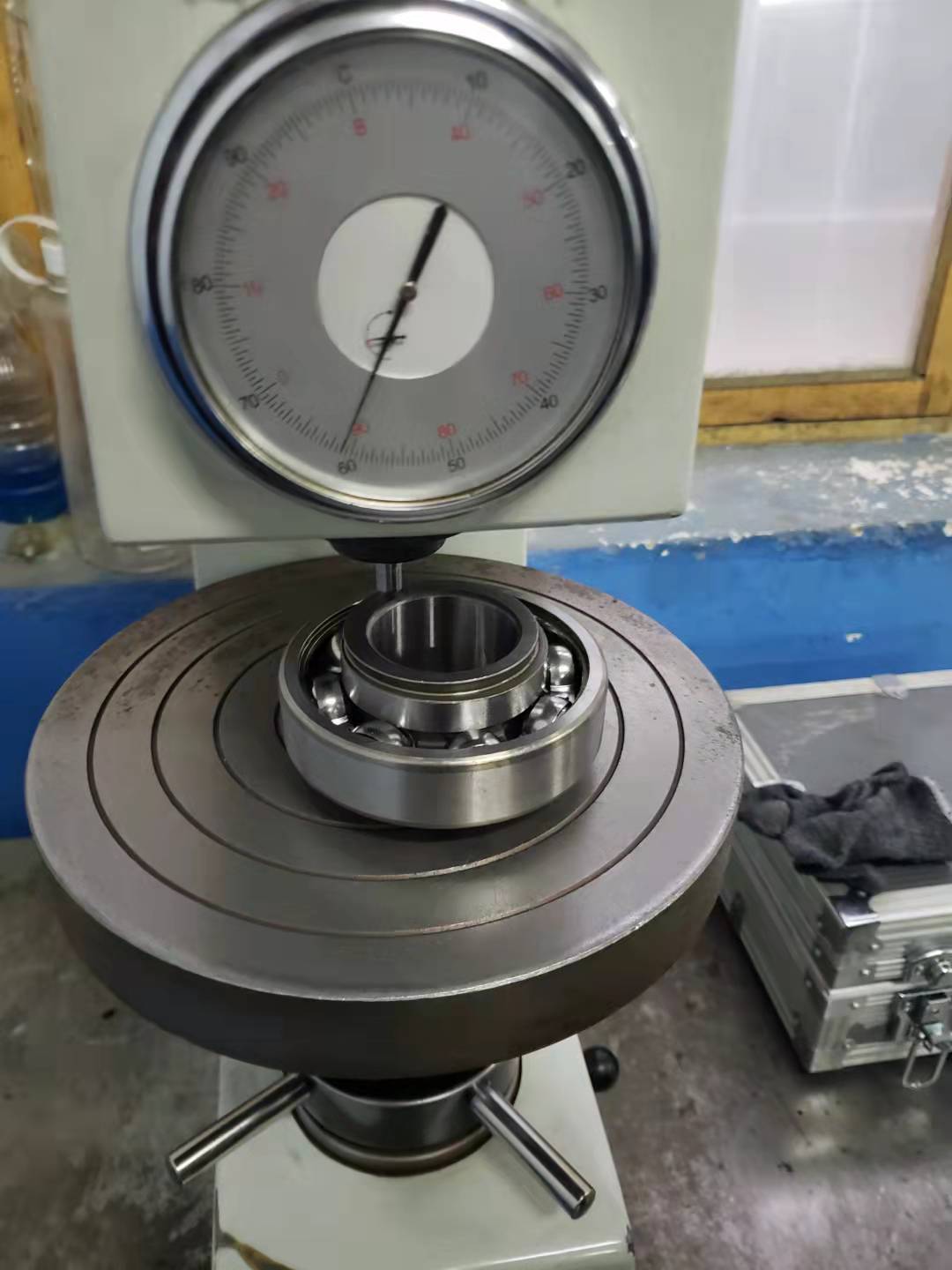CONTACT US
Zhejiang waxing electromechanical co.LTD.,Factory located in Shandong,Headquarters located in Zhejiang,China.
Bearings are common parts in equipment. When we design, we look at the technical parameters of the bearings, and there will be great confusion about the reference speed and limit speed of the bearing. Sometimes the reference speed is high, and sometimes the limit speed is high. So which speed should we use as the design basis?
If you also have such confusion, the following article can help you sort out your thinking.
In one sentence:
Reference speed: Under the given lubrication conditions, the speed of heat balance limit.
Limiting speed: Under the given structural conditions, the speed at which the force balances the limit.
To elaborate:
The reference speed is a "reference" speed based on heat balance. Don't get me wrong, the reference speed is not the real limit speed, but more like a rated speed, so the reference speed is also called the rated limit speed.
under different lubrication conditions. The reference speed is different, and the reference speed for circulating oil lubrication should be higher.
The generation of this parameter is based on certain application conditions, such as radial ball bearings: the oil viscosity is 12vst, and the load is 5% of the rated static load. In practice, you can exceed this speed.
The limit speed is the maximum speed when the maximum bearing capacity of the cage is tested and the running accuracy of the bearing is maintained under the condition of a large amount of forced lubrication in the laboratory. It refers to the maximum speed that should not be exceeded for standard bearing types.
This is the "limit" speed in the true sense, and its meaning is the maximum speed at which the bearing can avoid slipping under the condition of P/C≥0.02.
Among them, P refers to the bearing capacity, and C refers to the rated dynamic load.
(Note: Adding the previous force conditions is due to - there are two main reasons for the possibility of bearing slipping: 1 high speed; 2 light load.)
In most cases, the limit speed>reference speed.
Sometimes on the contrary, partially open ball bearings have very low friction and their reference speed may be higher than the limit speed. At this time, the limit speed limit cannot be used only, and the adjusted reference speed needs to be calculated at the same time. The lower of the two sets of speed limits.
In the design, we generally refer to the "reference speed" to calculate the reference speed for trimming; but when the reference speed is greater than the limit speed, it is necessary to refer to the limit speed and the corrected reference speed at the same time, and take the lower speed.

Copyright © 2025 Zhejiang waxing electromechanical co.LTD. | All Rights Reserved Design
Hello, please leave your name email or WhatsApp here before chat online so that we won't miss your message and contact you smoothly.